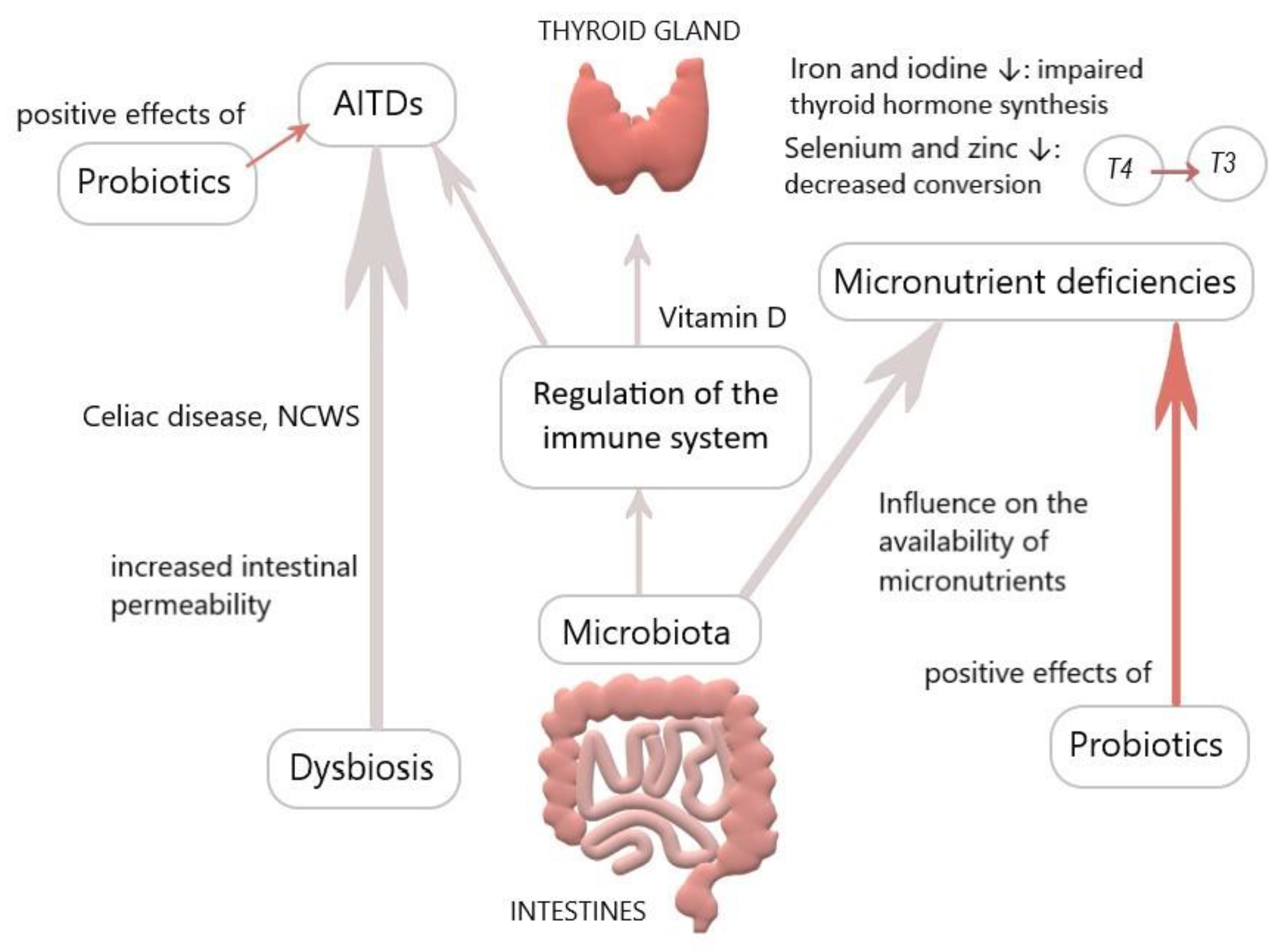

Syntax we are locating the fifth child of ul tag, but we have provided li since we are locating the fifth child from the first child element. Then let us try to locate the fifth li element (Effective Resume Writing) from the first li element with class attribute sreading. Let us see an example of an element with ul tag having more than one child with li tag. Following axis contains all nodes in the same document as the context node that are after the context node in document order. The siblings should be located at the equal level of the existing node and should have the same parent. It identifies the siblings of the context node.
#Selenium following axis software#
On a mission to contribute to the Software Testing Community in all possible ways.We can use the concept of following-sibling in xpath for identifying elements in Selenium. Please leave your questions/comments/feedback below.


no elements got located) as shown below:Ħ) Now let’s try to locate ‘body’ tag which comes after the tag by building the Relative XPath Expression as //head/ following::body Įxecute the above Relative Expression and observe that 0 elements (i.e. Note: No elements will be located as the following XPath Axes can only be used for locating the tags that come after the tag. Selenium Locators – following XPath AXESįollow the below steps to practice following XPath Axes along with me:ġ) Open in Chrome Browser, where ChroPath is already installed (Refer ChroPath installation in Chrome Browser here and its usage in Chrome Browser here ) as shown below:Ģ) Open ‘ChroPath’ functionality as shown below in the Chrome Browser:ģ) Select ‘Rel XPath’ option from the ‘Selectors’ dropdown as shown below:Ĥ) First, let’s locate the ‘head’ tag by executing the Relative XPath Expression //head in the ChroPath as shown below:ĥ) Now let’s try to locate ‘title’ tag which is inside the … by building the Relative XPath Expression as //head/ following::title Let’s get started with the practical demonstration of following XPath Axes. cannot be selected/traversed using the following XPath Axes.Īll the tags that come after the in this example, can be selected/traversed using the following.

after tag).Īnd in this example, the tags inside the say etc. following.įollowing XPath Axes can select/traverse everything in the HTML document after the closing tag of the current node.įor example, if you are using ‘following’ XPath Axes with ‘head’ tag, then it can help you to select/traverse all the tags that come after the ending of ‘head’ tag (i.e. In this article, I am going to explain the first XPath Axes i.e. In the previous article, I have listed the different types of XPath Axes available.


 0 kommentar(er)
0 kommentar(er)
